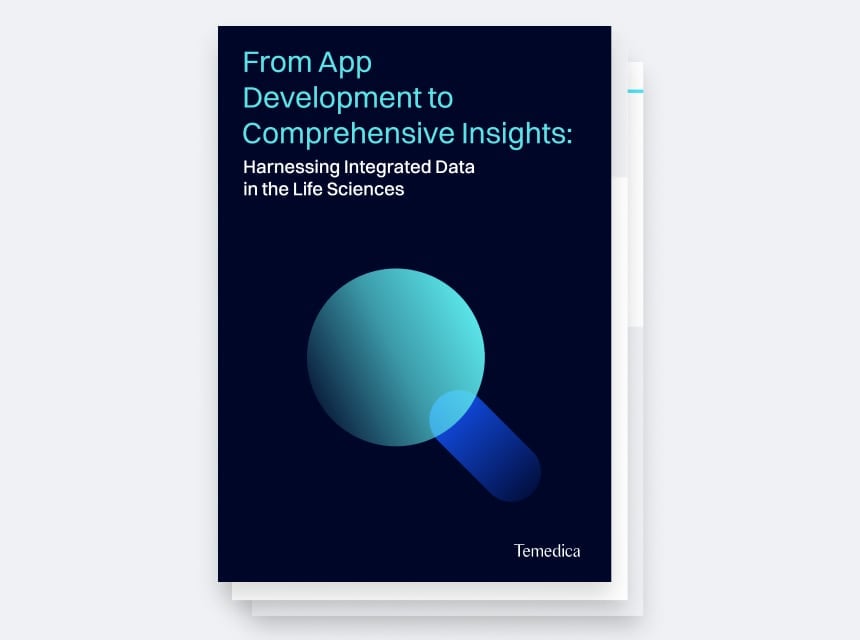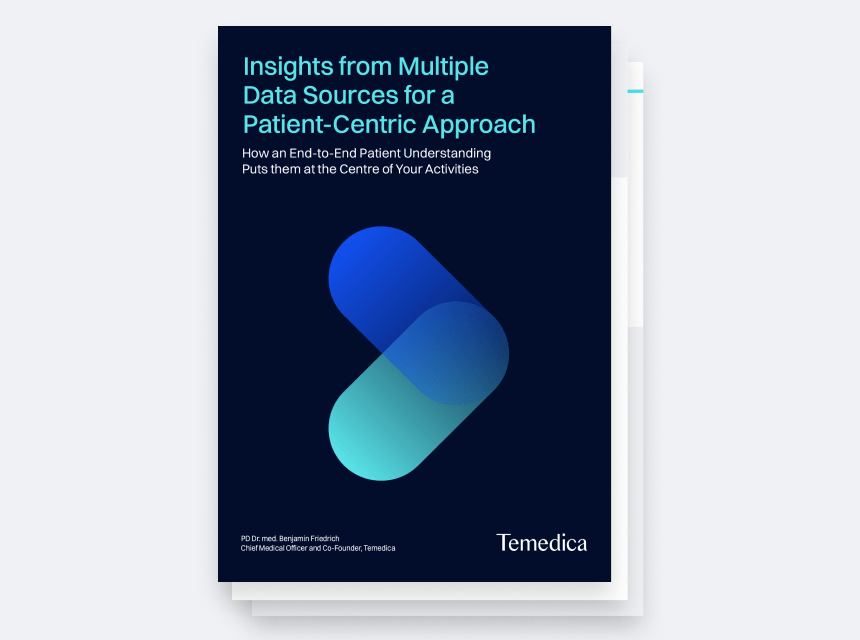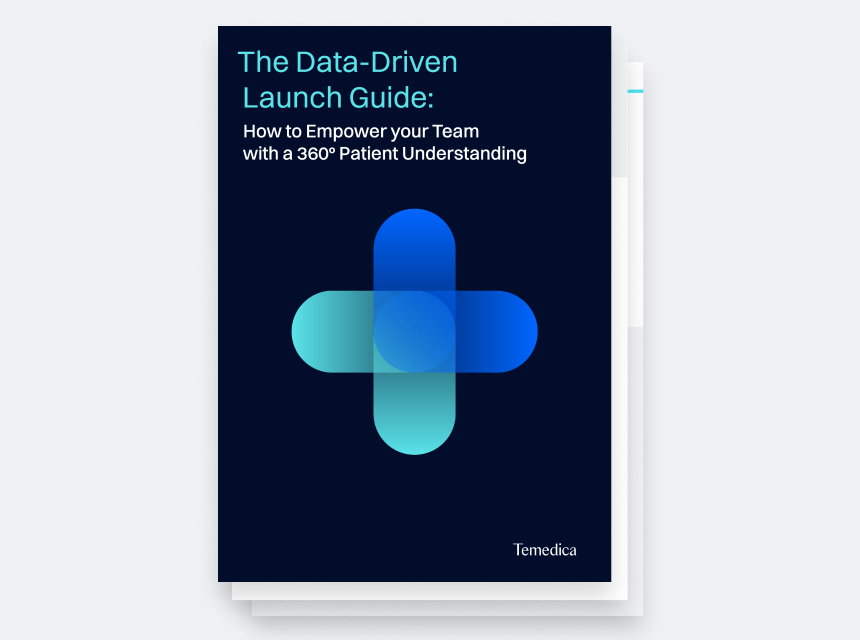Understanding patient behaviour: The power of patient conversations
According to a recent analysis published in Women’s Health [1], social listening can provide in-depth insights into patient behaviour and attitudes, including gauging the prevalence of certain medications and gathering real-world evidence on patient outcomes. Leveraging these insights, healthcare providers, policymakers, and the industry as a whole can align their strategies to improve patient outcomes and make informed decisions. Moreover, life sciences organizations can tailor their commercial strategy and identify areas where more education may be needed to improve patient outcomes. Combining patient conversations with other data sources, such as sales and insurance data, can provide a comprehensive understanding of the pharmaceutical market environment. Temedica's health insights solutions are prime examples of how this approach can be particularly powerful. In this post, we'll delve deeper into the benefits of social listening and explore how the industry can use this approach to gain a competitive advantage.
One study involving Temedica's research team surveyed social media posts on a German internet platform to understand contraceptive trends and user behaviour in Germany between 2016-2021. By analyzing the frequency of mentions of different contraceptive methods in forums related to “the desire to bear a child” and “contraception,” the study provides valuable information on emerging trends. Additionally, the study analyzed 1000 individual posts from 1000 different users to identify method switches and problems associated with individual contraceptive methods.
Understanding how the market changes
Not surprisingly, the oral pill was the most frequently mentioned method of contraception, followed by natural family planning (NFP) methods and condom, hormonal coil, and copper/gold coil use. Figure 1 displays the relative frequency of mentions for various contraceptive methods on the social media platform.
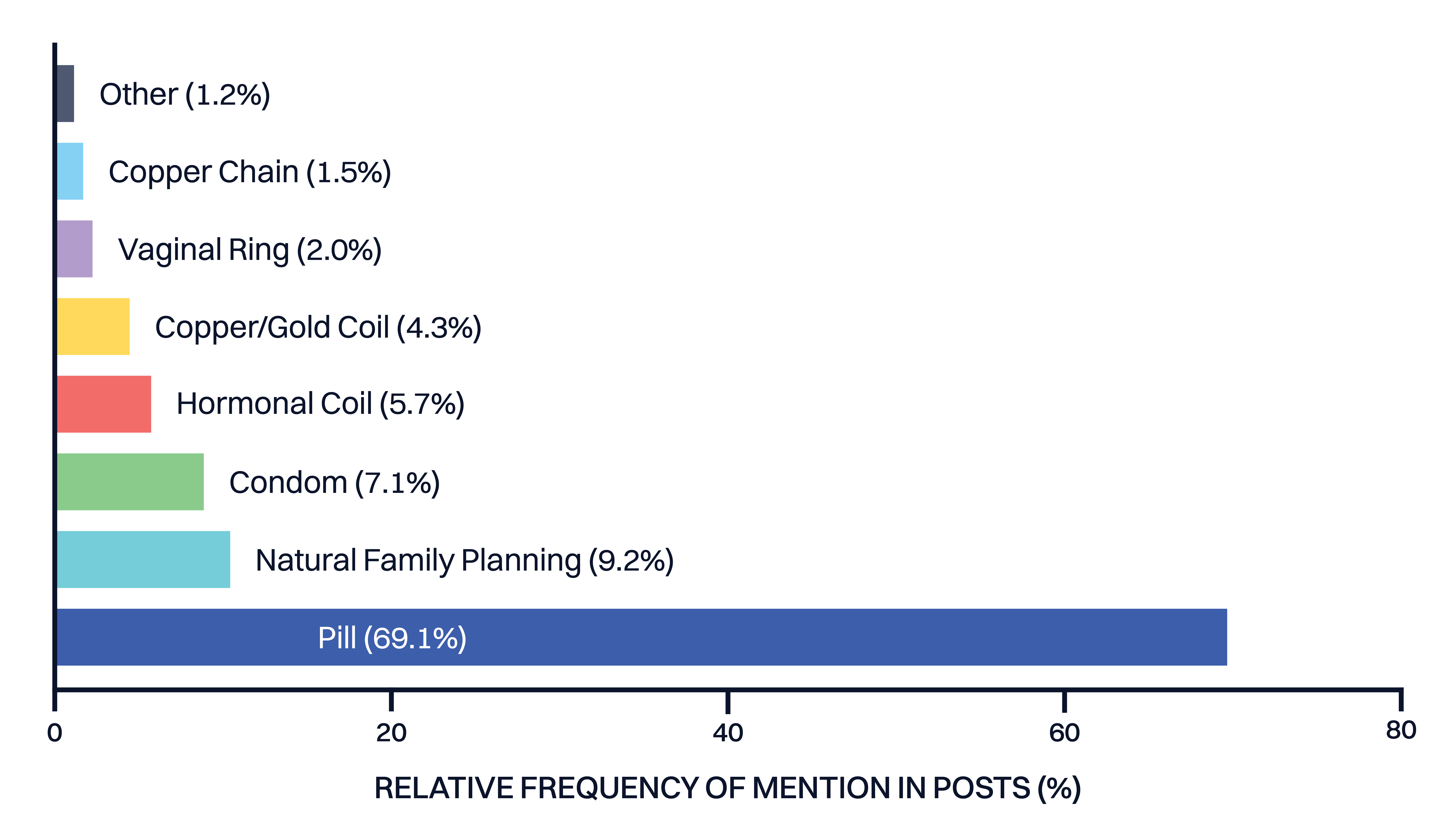
Figure 1: General interest in various contraceptives: the pill ranked top.
What is more surprising, however, is that over the last five years, the mention of the pill dropped, whereas the mentions of NFP and the copper or gold coil increased (figure 2). Further analysis of individual posts showed that most women were migrating from the pill to other non-hormonal methods such as NFP and condoms. Almost all migrations to NFP were from the pill and most migrations to non-hormonal intrauterine devices such as the coil were from hormonal methods.
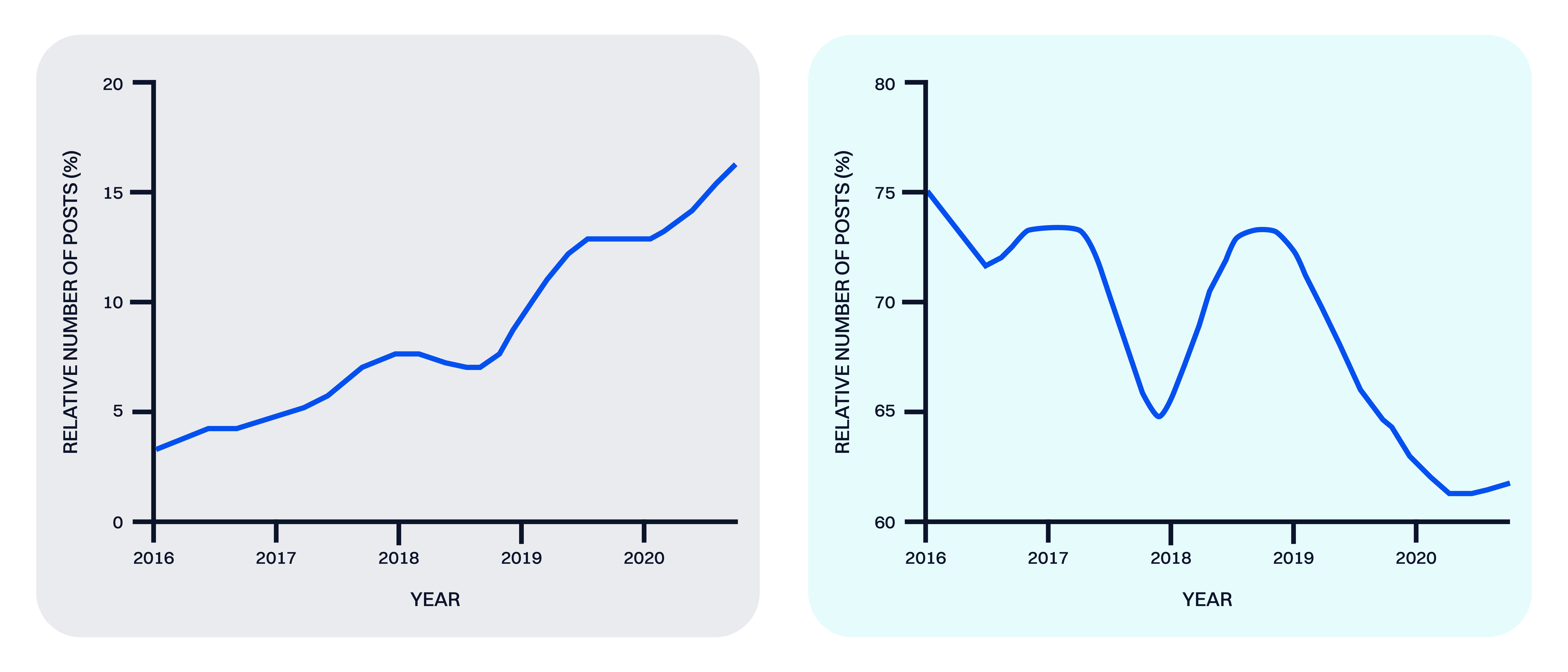
Figure 2: Percentage mentions of each method of contraception based on the type of contraception. Left: natural family planning (NFP). Right: the pill.
Further analysis was also able to detect the migration pattern. It revealed that women were migrating away from the pill towards other non-hormonal methods such as NFP and condoms. In fact, almost all migrations to NFP were from the pill, and most migrations to non-hormonal intrauterine devices such as the copper/gold coil were from hormonal methods. This suggests a growing interest in non-hormonal methods of contraception. The specific findings give policymakers an idea on the topics where more counseling and education may be required to help women and couples find their best-suited method of contraception. Migration patterns can be also crucial for commercial teams in various indications, enabling them to tailor their commercial strategy and develop more effective and insights-driven marketing strategies.
Understanding the WHY of market dynamics and shifting trends
Social listening data can not only enable us to identify market changes but also help us to understand the forces behind those changes. In this particular case, the analysis identified the most common problems that were associated with using the pill, which mainly came down to side effects. While this result may not be surprising when discussing contraceptives, it can be important when working in other indications. Commercial teams can tailor their marketing strategies to better meet patients' needs by gaining a deeper understanding of the reasons behind market shifts and trends.
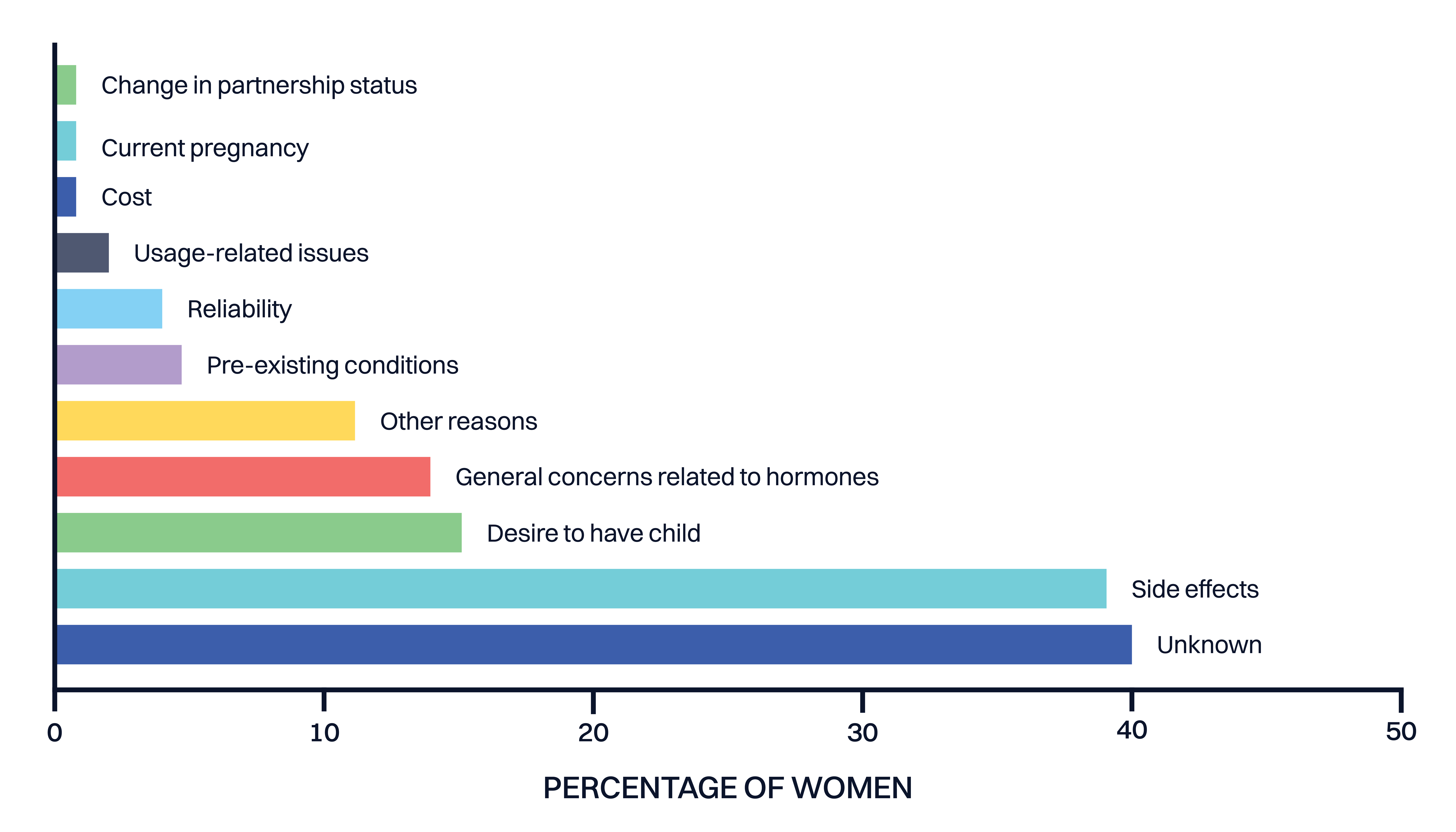
Figure 3: Common problems and motivations stated by women using/who had previously used a pill.
Tracking trends and shifts: The value of social listening in life sciences marketing
In conclusion, social media monitoring provides valuable insights into the changing dynamics of the contraceptive market. By analyzing social media conversations, commercial teams can identify emerging trends and consumer attitudes, tailor their messaging to specific audiences, and make data-driven decisions to improve patient outcomes. Integration of patient conversations data with data from other sources can provide a comprehensive understanding of the market. In summary, the use of social listening can provide commercial teams with real-time insights and help them stay ahead of market changes in their field of indication, ultimately helping to improve patient outcomes and commercial success. In addition, Temedica offers solution that combine multiple data sources, including sales and claims data, to provide a comprehensive understanding of the market and identify trends, enabling commercial teams to make data-driven decisions and optimize their strategies.
With the Permea solutions, you can stay ahead of market changes and improve patient outcomes. Learn more here or follow us on LinkedIn.
Reference:
[1] Balakrishnan P, Kroiss C, Keskes T, Friedrich B. Perception and use of reversible contraceptive methods in Germany: A social listening analysis. Women’s Health. 2023;19. doi:10.1177/17455057221147390

